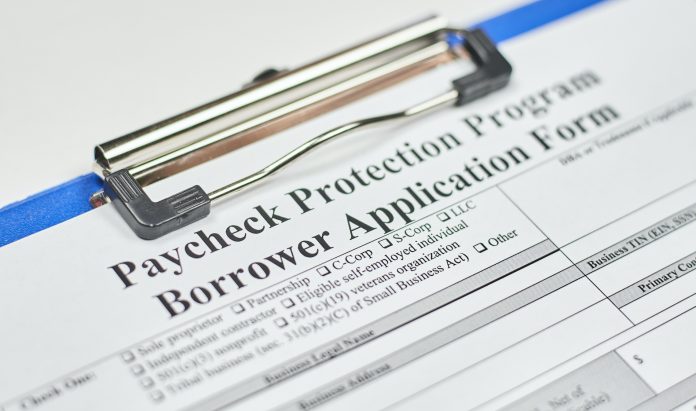Key Highlights
- Congress passed and Trump signed Paycheck Protection Program Flexibility Act
- Act provides flexibility to businesses that received PPP in either 1st or 2nd round when it comes to applying for loan forgiveness
We’ve written about the passage of the Paycheck Protection Program Flexibility Act (PPPFA) before. This bill allows businesses that received relief loans via the PPP (Paycheck Protection Plan) in either the first or second round of funding to be flexible applying for loan forgiveness for those PPP loans.
Download Your FREE Ultimate Agent Survival Guide Now. This is the exact ‘do this now’ info you need. Learn NOW How to Access All The Bailout Program Cash You Deserve. Including Unemployment and Mortgage Forbearance Plans. To Access the Ultimate Agent Survival Guide Now Text The Word SURVIVAL to 47372. 4 Msgs/Month. Reply STOP to cancel, HELP for help. Msg&data rates may apply. Terms & privacy: slkt.io/JWQt
Here are the specific updates about the PPP’s loan forgiveness:
- Now, just 60% of the loaned money must be used for payroll*
- It was 75% just for payroll
- Other 40% can be used for rent/mortgage, utilities and/or loan interest
- Now, you can spend the loaned money over 24 weeks and still be eligible for loan forgiveness
- Before, you had to spend all the loaned money within an 8-week window.
- Now you have more leeway to spread the money out through the end of this year
- Now, the re-hiring window runs through 12/31
- Before, you needed to re-hire by June 30
- Now, the terms of PPP funds that are not forgiven will go into a 5-year loan at 1%**
- Before, the term limit was 2 years
- Now, with the end of the year forgiveness window, your first payment on the un-forgiven funds with an interest of 1% might not be due until May 2021.
Note the asterisks:
For the first asterisk used…the language used in this new PPPFA is different than the language use in the PPP (of course.) Because of the difference in language, accountants are debating whether or not businesses must spend 60% on payroll or there will be no forgiveness.
For the second asterisk used…(again because of the difference in language used in the PPP and the PPPFA), accountants are debating whether or not the extension of terms is only automatically in place for PPP loans that were approved after the passage of the new PPPFA bill. There weren’t many, of course.
So, to be sure here…check with a professional who knows about these particular discrepancies.
Also know that the PPP nor the PPPFA did NOT address whether or not the expenses involved in calculating loan forgiveness would be deductible on your business taxes. They ARE NOT DEDUCTIBLE. This means that the forgiven portion of the PPP loan counts as income for your business.
Here are 5 lessons to apply to ALL your business dealings, not just the PPP/PPPFA:
- Cash is King. You AND your business need 3-6 months in savings.
- Establish and maintain relationships with your local bank. Meet your local banker routinely every six months. Your local banker is your advocate so treat her/him as your advocate. Set up a line of credit for your business and open a business banking account.
- Make sure you work with a CPA regularly to help you wade through questions and tax documents.
- Formalize everything and keep records/receipts for your expenses with solid bookkeeping. The days of handing your CPA a box with your yearly business receipts are over.
- Be strategic regarding your crisis, disaster, and your recovery plans. COVID-19 will NOT be the only disaster to hit your business and you.
Additionally, keep all your PPP records for 6 years, just to make sure!
Thanks to John Boyle, EA, CTC, CEPA and CNBC.
Also read: Outlook 3 – Unemployment, Economy, Status of Loans, Predictions and More, Is Price Really the Most Important Factor for Homebuyers?, Is Remote Working the “Extension Cord” Buyers Need for Suburban Living?
























